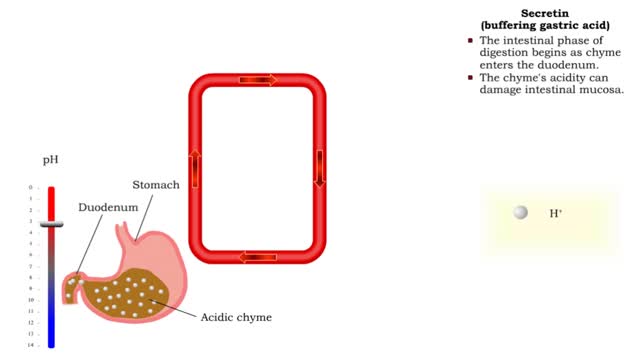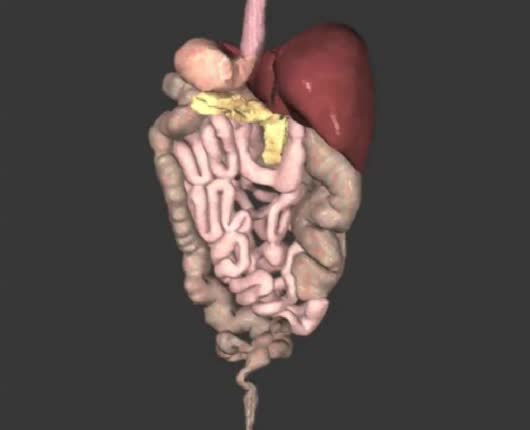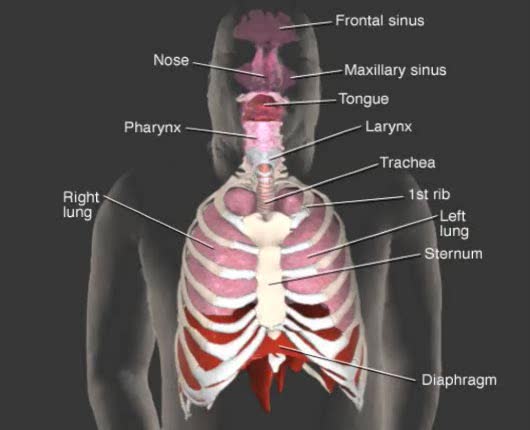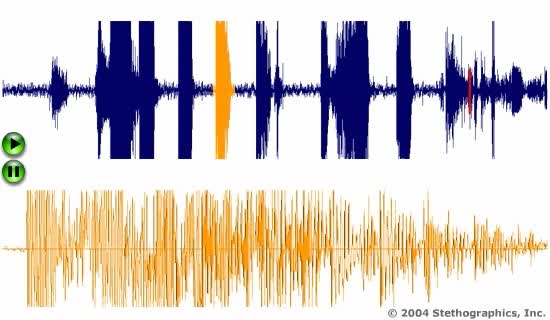Barriers - eye structures, digestive mucosa, respiratory mucosa & genitourinary mucosa
By: HWC
Date Uploaded: 11/25/2019
Tags: homeworkclinic.com Homework Clinic HWC lacrimation lysozymes digestive mucosa pathogens submandibular respiratory mucosa mucosa-associated lymphatic tissue pseudostratified epithielium alveolar genitourinary mucosa
• Eyebrows, eyelids, eyelashes and conjunctiva serve to trap microbes preventing their invasion. • Tearing (lacrimation) is a protective mechanism that washes away microbes that attempt to enter the eyes. • Salts, mucus, and lysozymes in tears neutralize substances and bacteria. • Lines much of the digestive tract. • Guards against pathogens from food. • Contains lymph nodes made of lymphocytes and macrophages. • Saliva: • Produced by the parotid, submandibular, and sublingual glands. • Contains immunoglobulin-A, lysozyme and salivary amylase. • Highly acidic gastric secretions denature proteins and destroy bacteria that escaped enzymatic action in the mouth. • Live and dead microbes may also be excreted via peristalsis and defecation. • The respiratory airway contains structures that guard against airborne toxins and pathogens. • The airways also contains lymph nodes known as the mucosa-associated lymphatic tissue (MALT), made of lymphocytes and macrophages. • Respiratory airways are lined with a mucosa composed of ciliated, pseudostratified epithielium tissue with goblet cells. • Mucus, secreted by goblet cells and moved by cilia, traps microbes and moves them up and out of the respiratory airways. • Macrophages consume any microbes that make it to alveolar spaces. • Lines the reproductive and urinary tracts. • Guards against microbes in urine. • Contains lymph nodes, known as the mucosa-associated lymphatic tissue (MALT), made of lymphocytes and macrophages. • Urine flow and lysozyme in the urine help prevent microbial colonization. • In females, vaginal secretions help prevent bacteria from entering the body.
Add To
You must login to add videos to your playlists.
Advertisement












Comments
0 Comments total
Sign In to post comments.
No comments have been posted for this video yet.